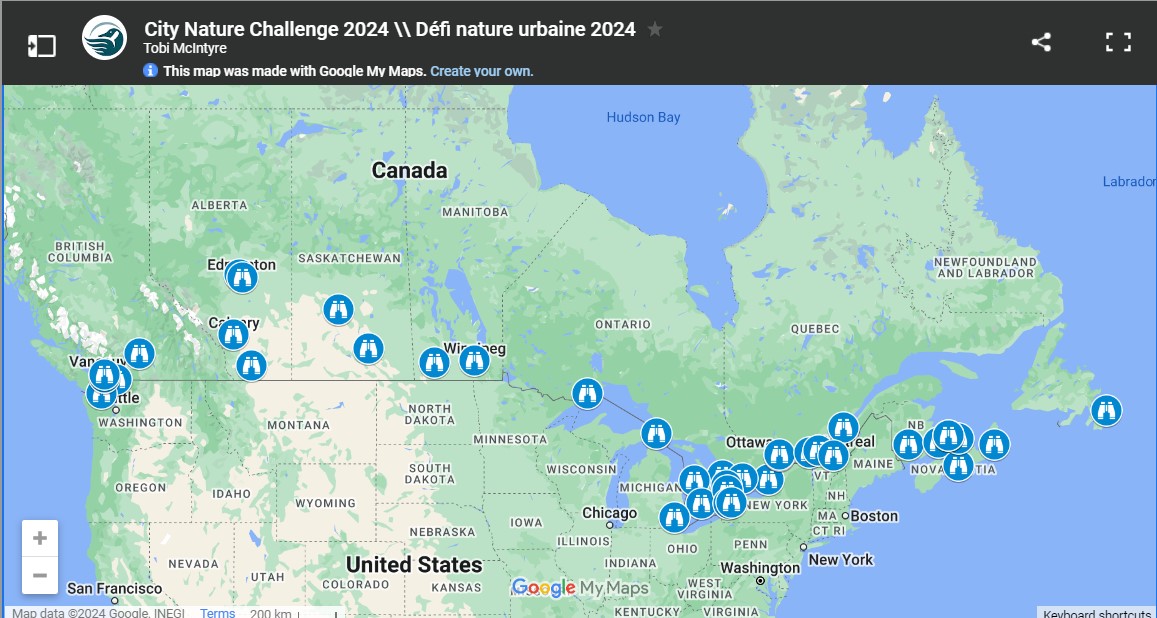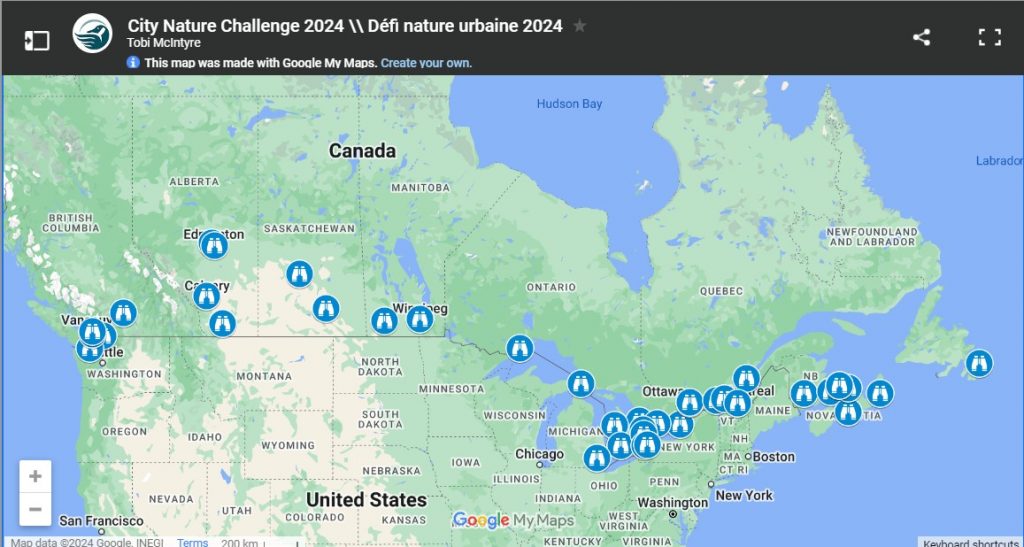
We hope that you are enjoying the start of spring, whether it is in full bloom or still around the corner. If you’re itching for an excuse to explore outdoors this season, read below about the City Nature Challenge later this month.
The change of of seasons brings all sorts of exciting new KBAs coming down the pipeline, and you can visit the KBA registry map viewer to look at published sites (click in the bottom left-hand corner to see candidate sites) and download information on them. If you’re interested in learning more about the whole set of KBAs, visit the progress dashboard to see things like the progress towards identifying KBAs broken down by jurisdiction and a taxonomic distribution of biodiversity captured by KBAs. As an overview of where the program is at: in addition to the 137 published KBAs on the registry, another 245 have reached the review stage or are currently being scrutinized by the national KBA Steering Committee, and another 581 are in proposal form, with details being filled in rapidly. The work is long, but the collection of KBAs will be comprehensive and fascinating to explore more deeply (by you, or by us once we have a bit of time for analysis!). We still aim to have most sites published on the KBA Canada registry in the coming year.
New papers, press releases and announcements:
Two recent papers that talk about KBAs and have KBA Canada team members as authors were published recently:
Good news for KBA research at the University of Sherbrooke: The federal government is granting $772,500 to support various research activities, with a notable $100,000 from this fund to be utilized to identify Key Biodiversity Areas in Québec. KBAs will be part of the province’s Biodiversity Atlas, which is in development.
If you missed it, take a look at KBA Canada’s annual report, published in January.
We will be developing press releases for many KBAs as they are published, to try to share information about the remarkable biodiversity across Canada. If you or your organization would be interested in collaborating on a press release around a KBA, reach out to us. In the meantime, enjoy two press releases for KBAs recently recognized in Ontario and the arctic:
List of KBAs recently published on the KBA Canada Registry
City Nature Challenge 2024
KBAs are worth visiting in all seasons, but as Spring moves in across the country, it’s a great opportunity to visit sites that put on spectacular spring shows, including where birds are moving through in huge numbers, where spring ephemerals are blooming or other seasonal phenomena are occurring. Take a look at the map of KBAs and KBAs in progress to see if there is one close to you.
One fun way to get outside this season is to participate in the City Nature Challenge, a friendly annual international challenge to see which city can record and upload the most observations of wildlife species using the free iNaturalist platform. From the tiniest bug to the tallest tree, from belugas to birds to beavers, participants are encouraged to take pictures of all the flora and fauna they can find. By doing so, they’re contributing to an international database used to track biodiversity around the world. It’s a great way to turn a simple walk in the woods into truly impactful “citizen science” activity. This year, the challenge takes place from April 26th to April 29th. To find out if your city is participating this year, visit the iNaturalist project page, or sign up for one of the upcoming City Nature Challenge webinars on April 18, 19 and 22 to learn more.
